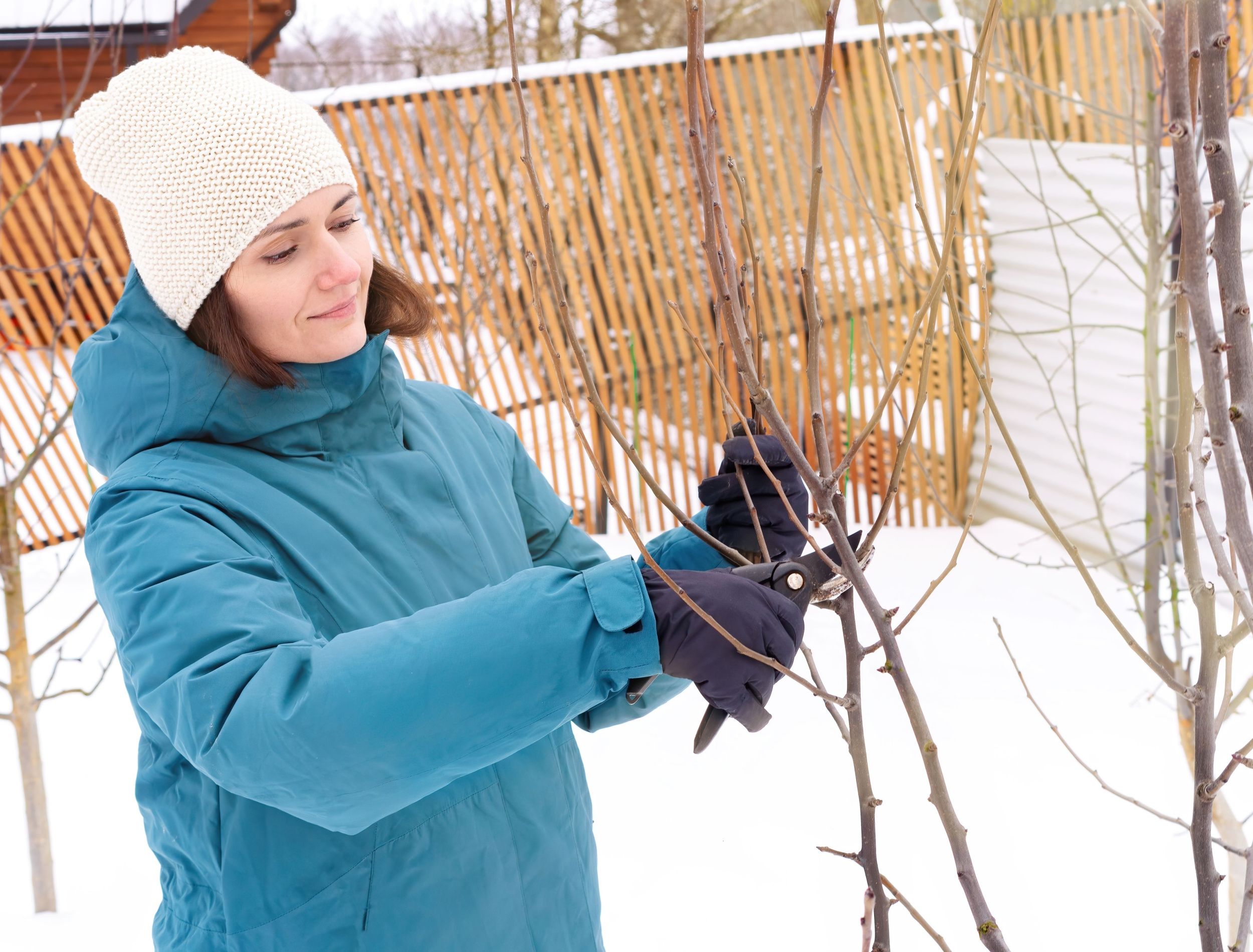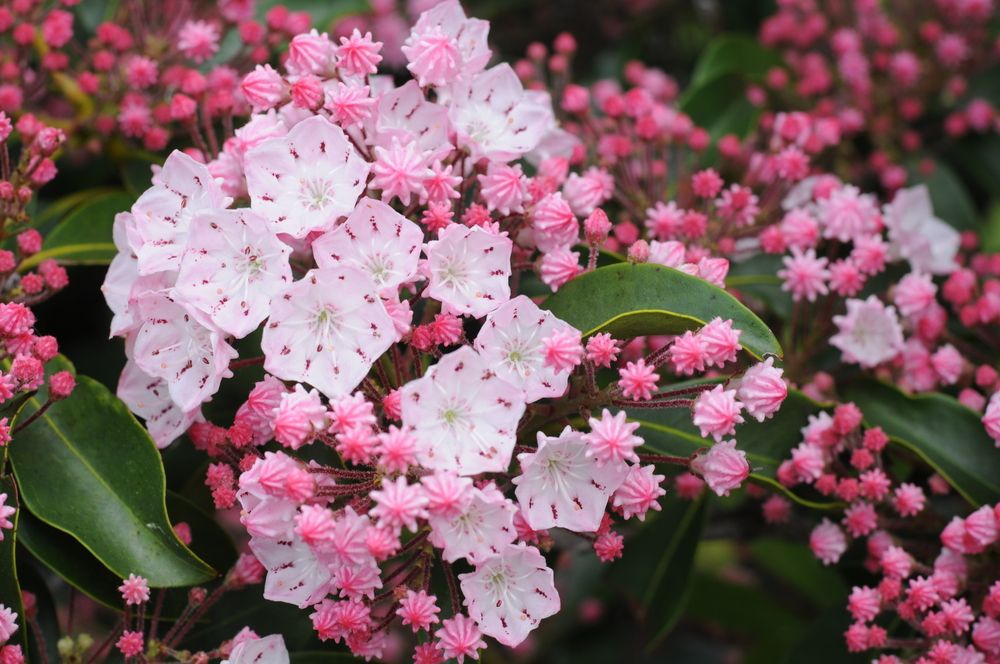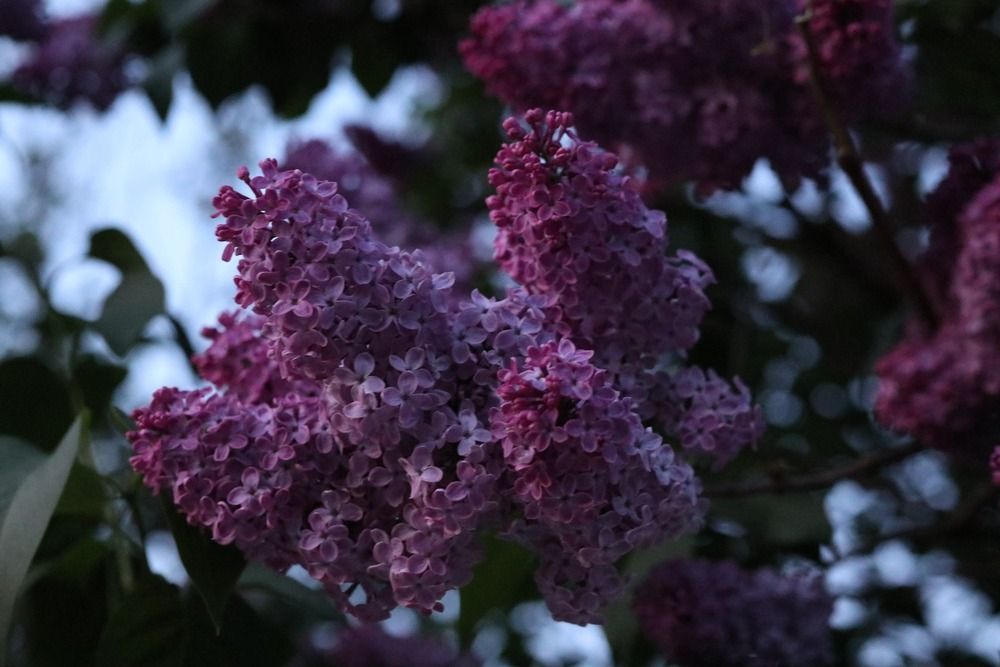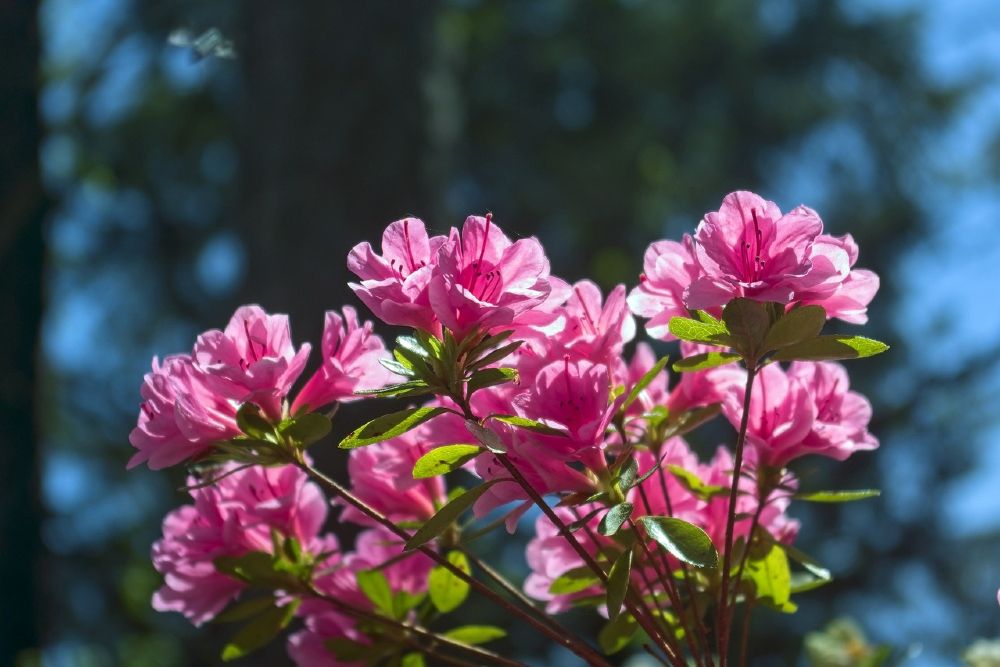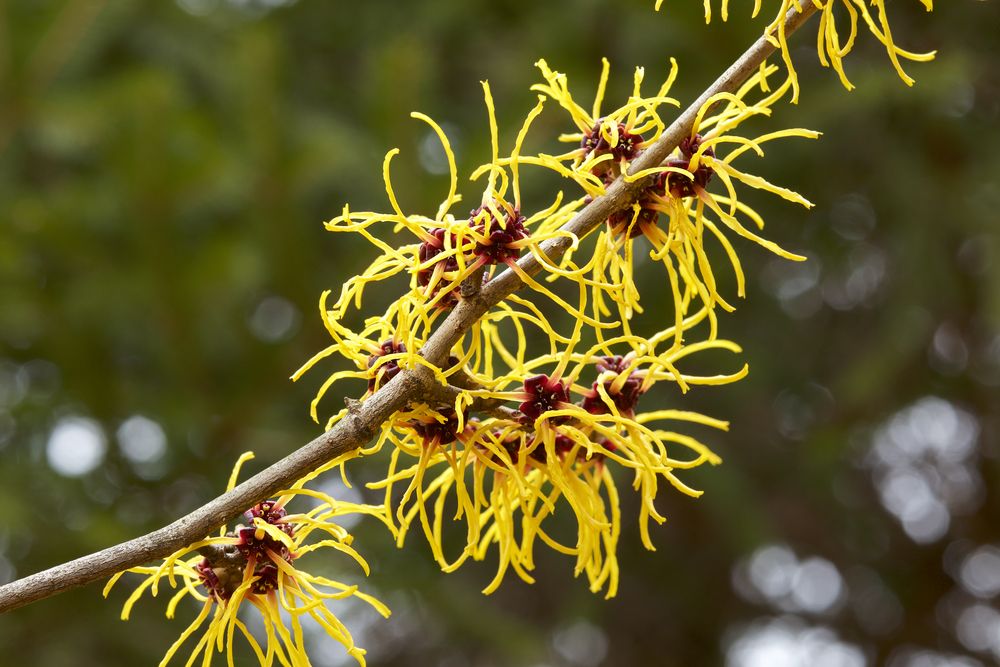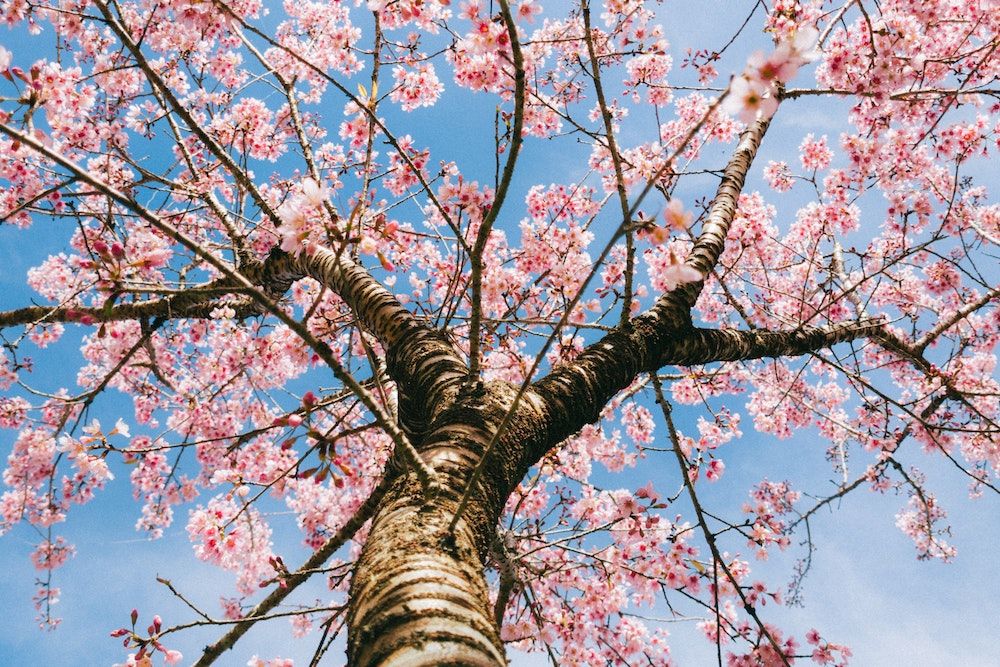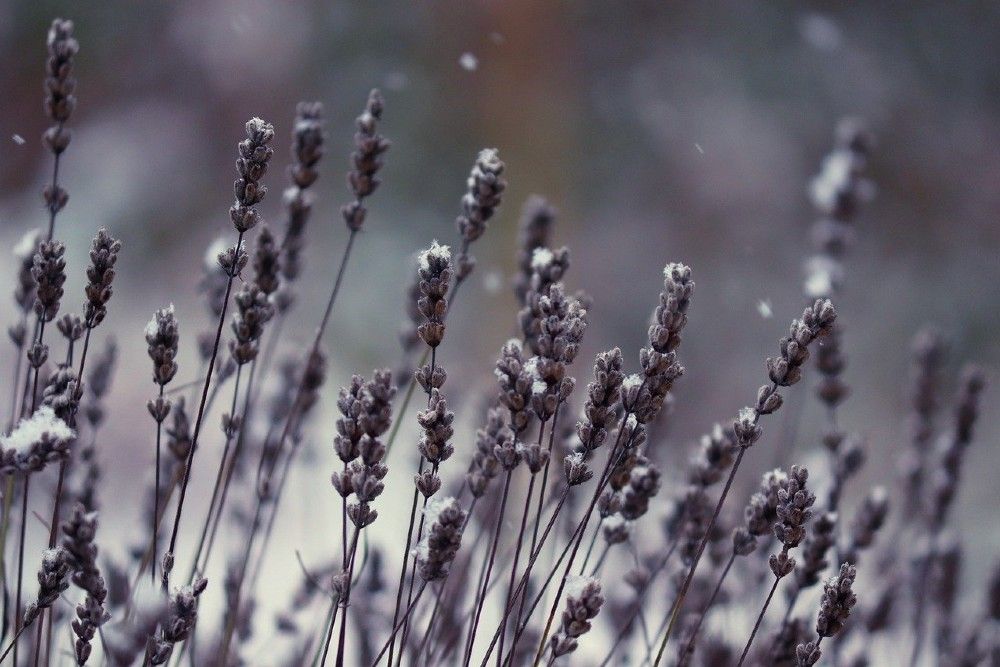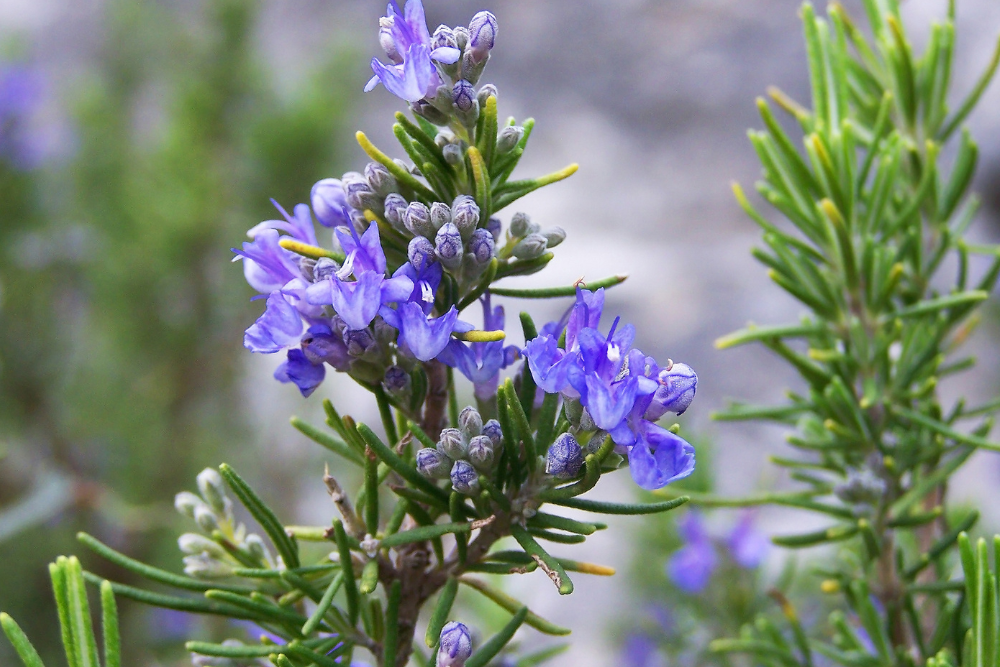Key Takeaways
- Pruning flowering shrubs like mophead hydrangeas, mountain laurel, lilacs, and azaleas during winter can harm the plants and decrease blooms in spring.
- Witch hazel should be pruned in late spring or early summer to maintain shape and appearance.
- Redbud and cherry trees should not be pruned in winter to avoid damaging branches and reducing the number of blooms in spring.
Winter is on the horizon, which for most means more time spent indoors, less daylight, colder temperatures, and a bare-looking garden. As you are winding down for the season and preparing the garden for winter, pruning is often at the top of your to-do list.
When it comes to pruning plants in your garden, knowing the proper time to prune is half the battle. There are a variety of flowering shrubs, trees, and plants that dislike winter pruning, and for good reason. Over the winter months, plants go into a state of rest known as dormancy. Throughout this period, they stop growing and conserve their energy to better handle the freezing temperatures outdoors.
During wintertime, pruning certain plants can be extremely detrimental, resulting in serious harm and sometimes, even plant death. But, not to worry, with a little knowledge and understanding, your plants will continue to thrive long past winter. Discover which plants you should never prune once temperatures drop.
Flowering Shrubs
Hold off on pruning the following shrubs in wintertime
Flowering shrubs are some of the most beautiful plants in any landscape. However, pruning them during the winter months can be a huge mistake. Below are some flowering shrubs to avoid pruning in winter.
Mophead Hydrangeas
The stunning mophead hydrangeas are a staple in many gardens. These stunning flowers add loads of color to any landscape and require very little maintenance.
- One thing you should never do when caring for your mophead hydrangeas is prune them in the winter. Doing so exposes new growth to harsh temperatures, and your plants will likely perish.
- Instead, prune hydrangeas in the late summer after their flowers have died.
Mountain Laurel
Mountain laurel is a colorful flowering shrub that gardeners prize for its striking blooms! These lovely plants can survive in various climates and terrains, making them an ideal choice for landscaping projects across the country.
- While it may seem tempting to prune your mountain laurels during the winter, this is a task you should avoid. Not only does pruning at this time of year stress your plants, leaving them vulnerable to disease and pests, it also drastically decreases the number of blooms you see in the spring.
- Instead, wait until spring, when the weather has warmed up, and new growth appears on your plants to begin trimming.
Lilacs
Lilacs are beautiful, fragrant shrubs that are popular with many gardeners. Their stunning purple flowers and delicate foliage add a touch of elegance to any yard while leaving behind a pleasant, floral scent.
- Despite their beauty, lilacs do not benefit from pruning in winter. In fact, pruning during this time leaves the plant susceptible to cold damage from open-cut wounds.
- Unlike many other shrubs and trees, the best time to prune lilacs is during the growing season, typically around mid-spring or early summer.
- This allows the plant plenty of time to recover from any damage caused by cutting back its branches before winter arrives.
It's important to note that you shouldn't prune lilacs for the first three to four years, as the plant is still establishing itself. Hold off on pruning your lilac bushes during this time.
Azalea
If you want your azaleas to blossom beautifully each spring, then it's essential to refrain from pruning them during the winter.
- The best time to prune your azaleas is after they bloom, during mid-July.
- Rather, focus on caring for your plants during the colder months by sheltering them to protect their roots, such as covering or heavily mulching.
- By taking this simple step, you can ensure that your beloved azaleas will thrive no matter what the weather brings!
Witch Hazel
Witch hazel is a stunning shrub commonly found in many gardens and yards. This plant has delicate leaves and fragrant yellow flowers, making it a lovely addition to any landscape.
- While some plants can be pruned in the winter without causing damage, witch hazel isn't one of them. Due to its unique structure and winter growing habits, pruning this shrub at the wrong time of year can cause serious harm.
- Instead, it's best to wait until late spring or early summer. Only then should you prune witch hazel, to maintain its shape and keep it looking its best.
Prune witch hazel minimally as needed. Hard pruning is only necessary every 10 years.
Spring-Flowering Trees
Avoid pruning certain trees in cold weather
Spring is a time of new life and rebirth — when the flowers bloom and trees start showing off their attractive blossoms. It's also the perfect time to get outside and enjoy nature's beauty. If you love seeing plenty of pretty blooms come spring, learn about which trees are best left alone during the winter months.
Redbud
Redbuds are gorgeous spring-flowering trees that add bright pops of color to your garden when spring arrives.
- Despite their lovely appearance, they can be pretty fussy when it comes to pruning.
- Most gardeners do not prune these trees during the winter months because they know how sensitive they are. Skip winter pruning, or you'll affect how many blooms appear in the spring, and you may even chop some blossoms off by mistake.
- Wait to prune redbud trees until the spring, once flowers have begun to wither and fall from your tree.
Cherry
If you're looking for a beautiful tree that blooms with vibrant, light pink, or white spring flowers, look no further than the cherry tree! These gorgeous trees are known for their stunning blossoms and eye-catching foliage, but did you know that they don't like being pruned during the cold winter months?
- If you prune your cherry tree in winter, you risk seriously damaging its delicate branches and buds — which means your tree won't be able to bounce back next spring.
- Cherry trees bloom during the early spring, usually between March and April. These trees are vulnerable to cold temperatures and frost damage during this time of year.
- When it comes to cherry trees, pruning should be done during the late summer, after fruit production is complete. Typically, this is in late July or August.
Flowering Plants
Steer clear of pruning these plants when temperatures drop
While it may be tempting to prune and clean up your flowering plants come winter, there are a few you should not touch, no matter how appealing it may be. Learn about which flowering plants you should never trim during the winter months.
Lavender
Pruning lavender is not necessary during the winter months and may negatively impact this flowering plant. In most locations, lavender can survive the cold temperatures outdoors, welcoming hues of purple to your landscape sprinkled with white snow.
- Winter pruning stresses your lavender plant and exposes it to extreme temperatures, which in turn may cause severe damage or even death. As temperatures decrease, lavender needs enough time to adjust to these frigid conditions, and pruning prevents this from happening.
- Alternatively, prune lavender in early spring when new green growth is visible. During this time, shape and clean up the plant for the upcoming growing season.
- You can also regularly deadhead the flowers throughout the summer months, as soon as the blooms wither away.
Rosemary
While it makes a wonderful addition to your garden with its pungent smell and tiny colorful blooms, rosemary is another type of flowering plant that dislikes winter pruning. Rosemary is a cold-hardy herb that tolerates cooler temperatures.
- Like lavender, pruning rosemary in winter leaves the plant exposed to the freezing winter elements. Pruning encourages new growth to start developing when your plant should be preparing for the cold temperatures ahead.
- Prune rosemary in late spring or early summer, after the plant is done flowering, and all dangers of frost have passed. A general rule of thumb is four to six weeks before the first frost date for your area.
- Pruning at this time allows the plant adequate time to recuperate before cold temperatures begin in the fall.
Chill Out This Winter!
While some plants and trees benefit from hard winter pruning, the plants above are not ones you need to worry about this winter season. For the best results, let the plants be, and allow them to successfully overwinter without any human intervention. Before you know it, spring will arrive, and your plants will be flourishing once again!
Are you growing any of these plants in your garden, or know of any other gardeners who are? If so, feel free to share this article to prevent unnecessary winter pruning!

